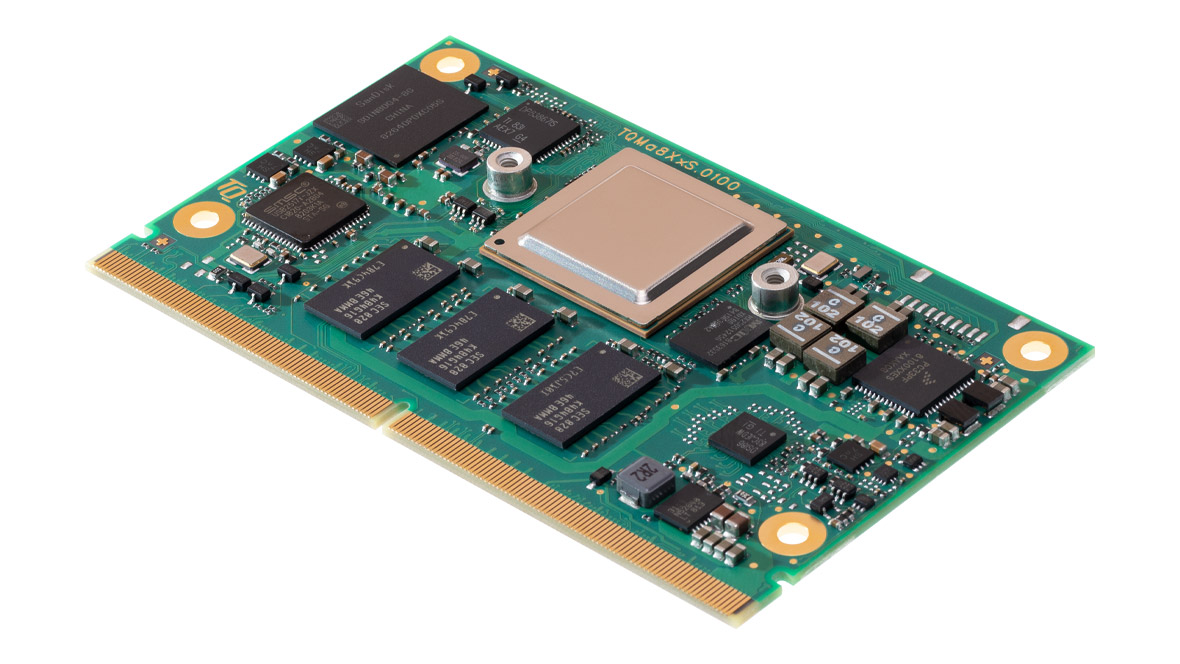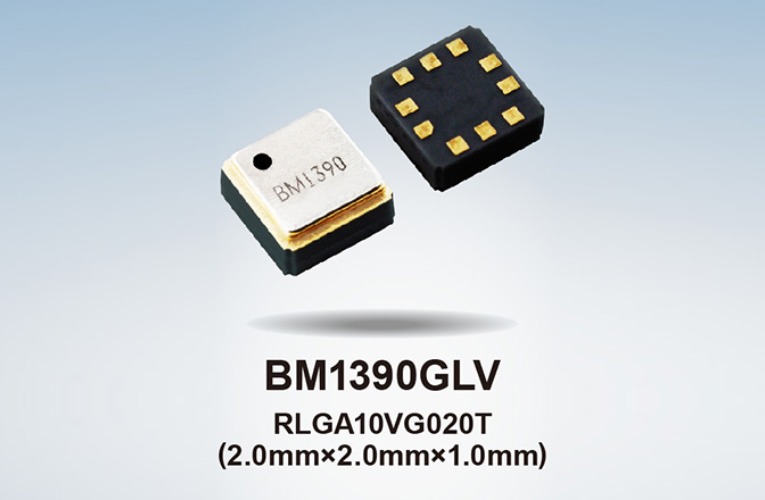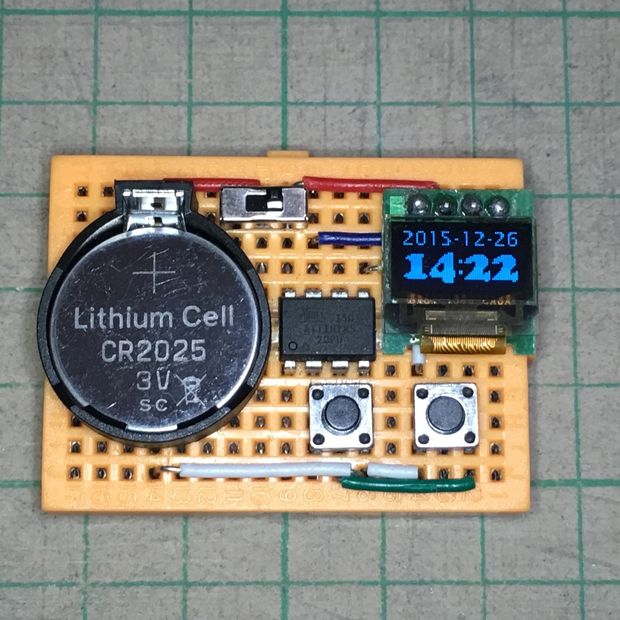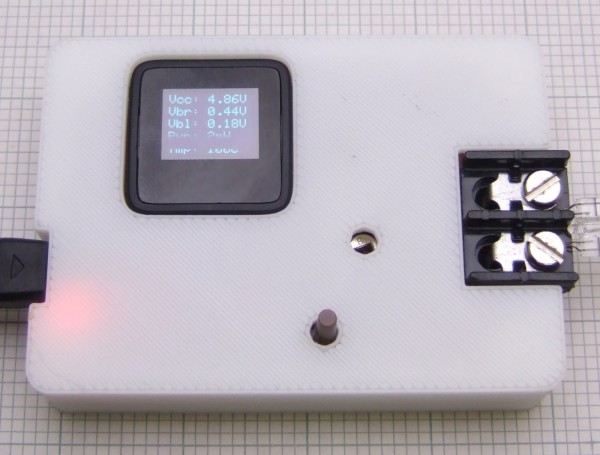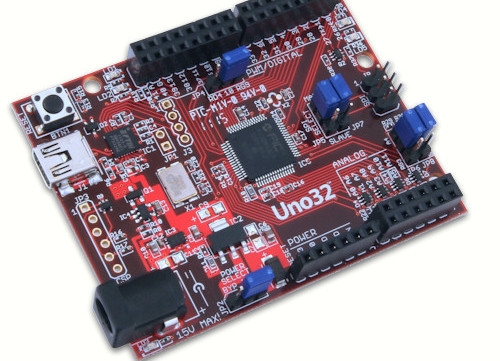
ChipKIT Uno32 by Digilent is an easy-to-use platform for developing microcontroller-based applications. It uses chipKIT-core development environment and Arduino IDE for compatibility with existing code examples, tutorials and resources. Pin-compatible with many Arduino shields that can operate at 3.3V.
It contains:
- PIC32MX320F128H processor
- 128K Flash, 16K RAM
- Up to 80 MHz operating speed
- 42 available I/O lines
- USB or externally powered
- USB cable required for programming (not included)
This kit is now discontinued and replaced by chipKIT uC32.
By following this tutorial you will be able to build a weather station based on chipKIT and using Bosch BME280 module, a fully integrated environmental unit that combines sensors for pressure, humidity, and temperature in a tiny 8-pin metal-lid LGA package of size 2.5 x 2.5 x 0.93 mm³. This module seems popular due to many features such as its support for standard I2C and SPI interfaces and availability of supporting open-source Arduino libraries.
R-B, the maker behind this project, uses BME280 to read barometric pressure, relative humidity, and temperature measurements then the readings will be sent via I2C bus and finally displayed on a Nokia 5110 LCD.
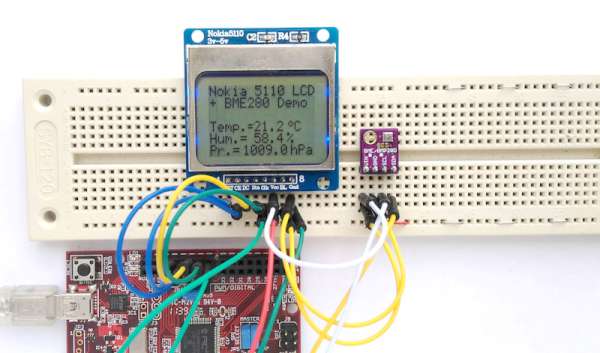
Hardware Setup:
You will need these parts in order to build this project:
- ChipKIT Uno32
- BME 280
- Nokia 5110 LCD: It is a 48×84 pixels matrix LCD driven by the low-power PCD8544 controller chip. It is powered by 3.3V and includes on-chip generation of LCD supply and bias voltages, thus requiring minimum external components for its operation. The PCD8544 receives display data and commands from a microcontroller through a serial bus interface.
The complete hardware setup for this project is shown in the following figure:
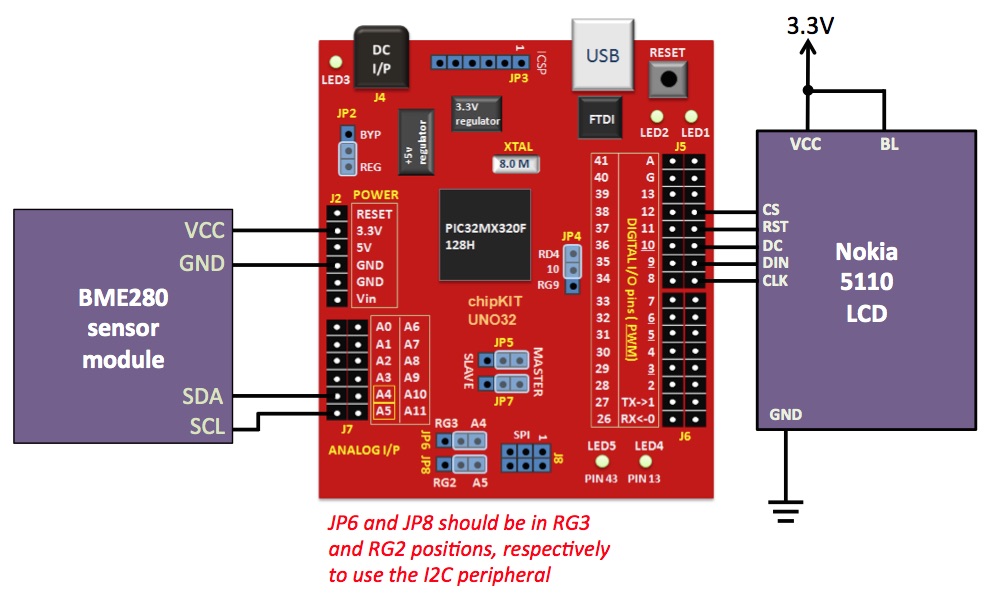
Software
You will need to install the following libraries prior to develop the firmware for this project.
- Adafruit unified sensor library
- Adafruit BME280 library
- Nokia 5110 LCD library for chipKIT: LCD5110_Basic
- BME280_Weather_Station_Firmware
Output
The program displays ambient temperature in Centigrade, humidity in %, and atmospheric pressure in hectopascal (hPa) units.
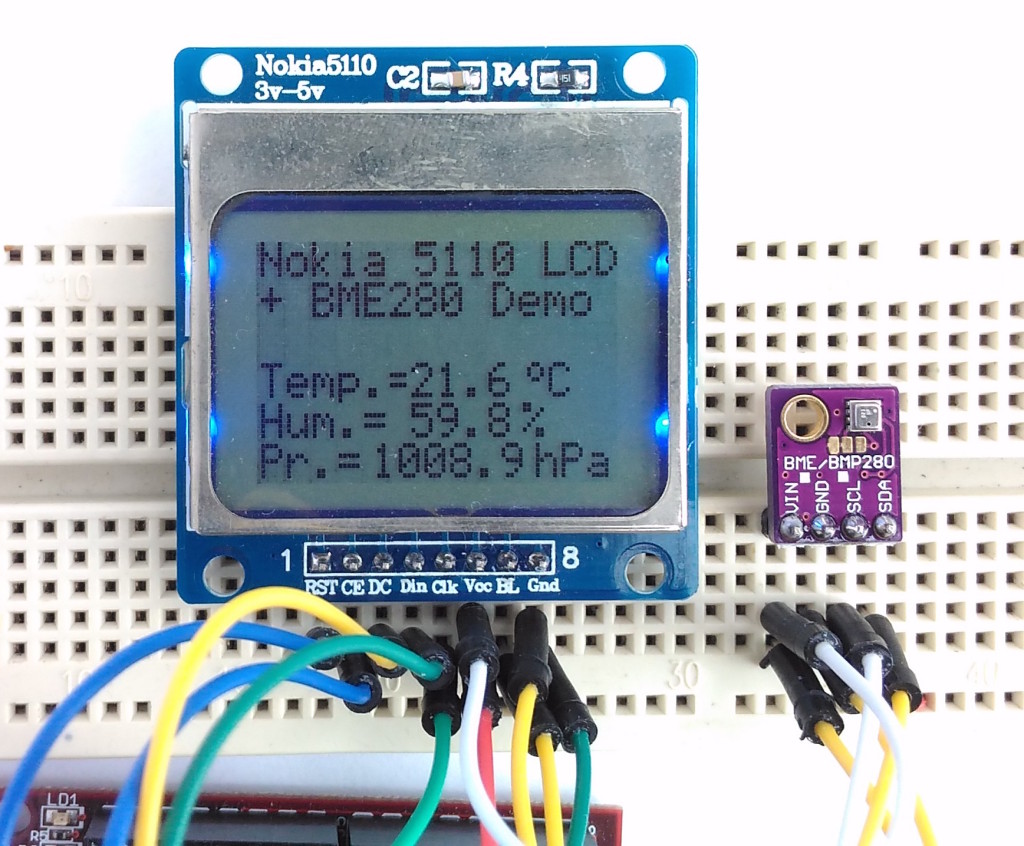
Full description of how to connect the modules together, how to set the I2C connection and more detailed information are available at the project page.
Just download the complete program, get the needed parts and you are ready to build your own weather station! You can check other tutorials by R-B here.





